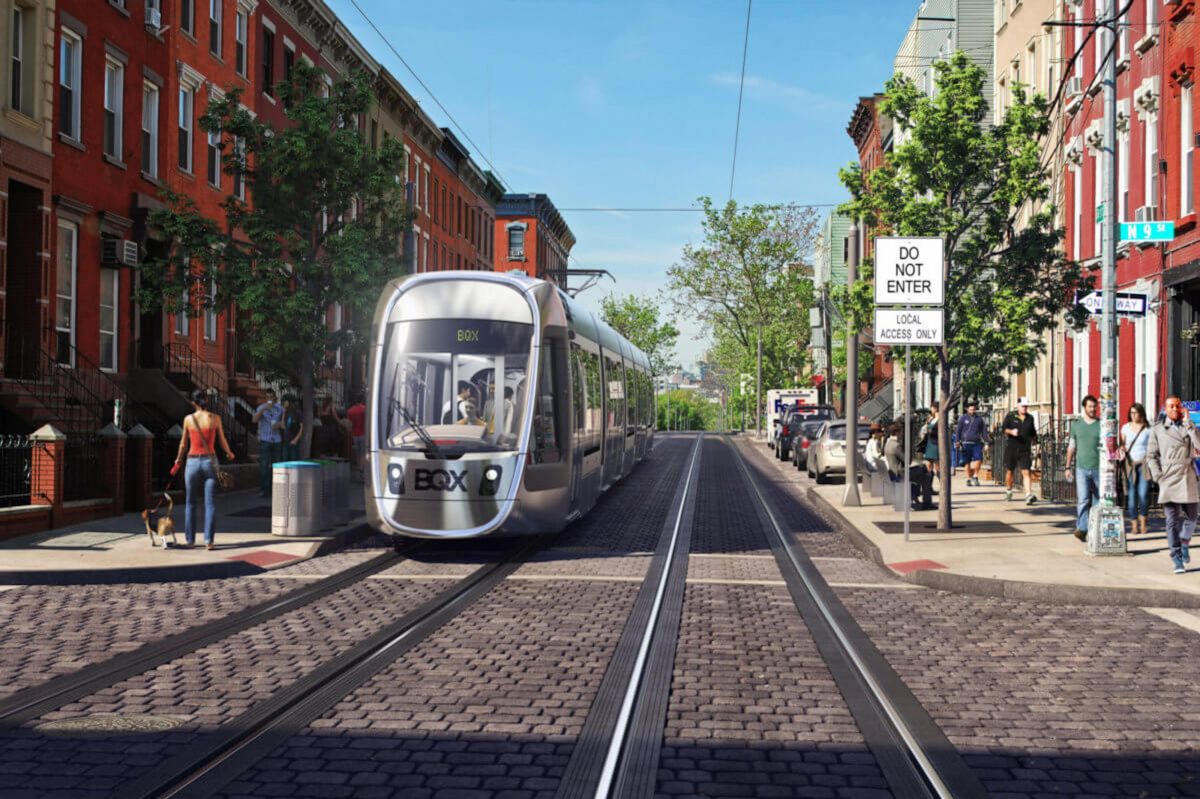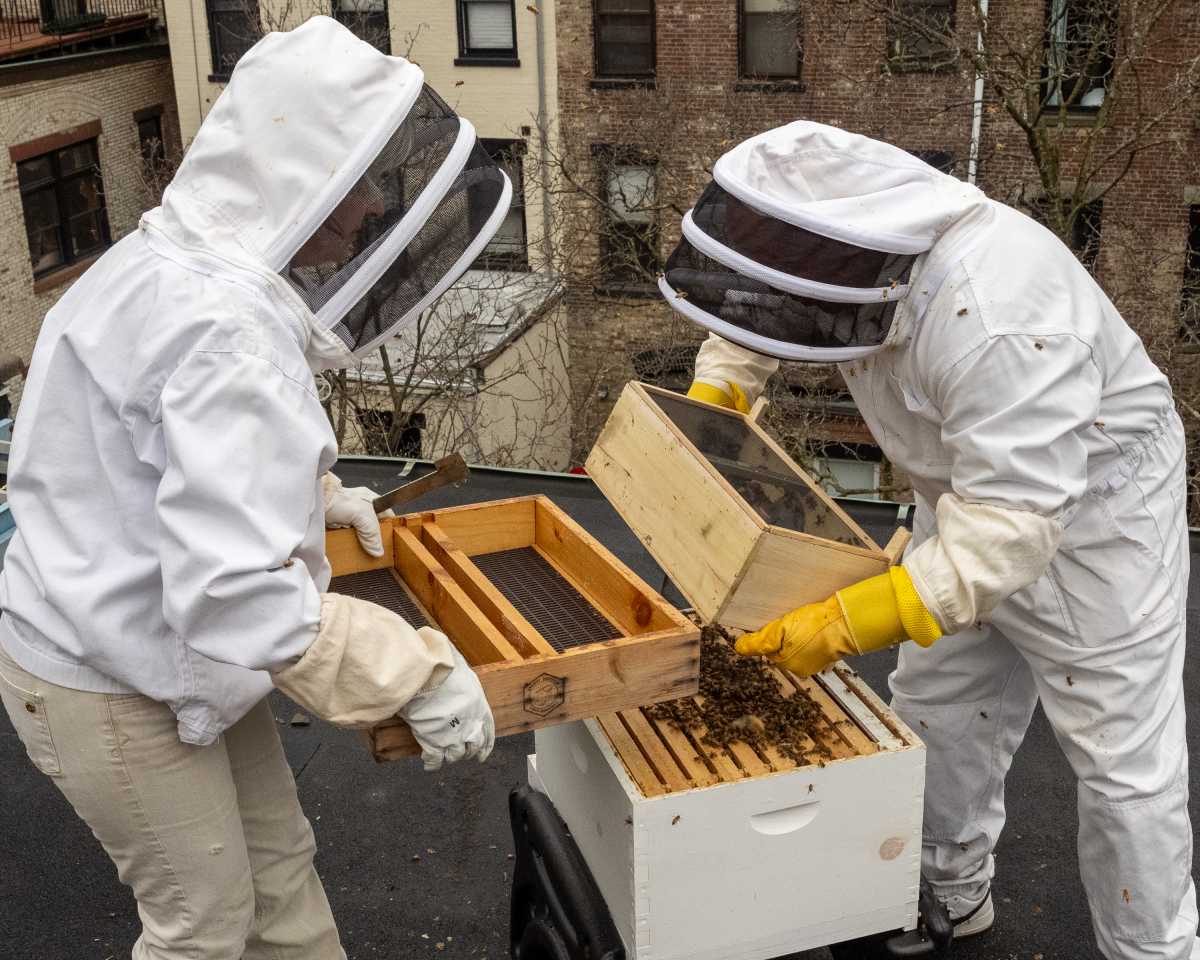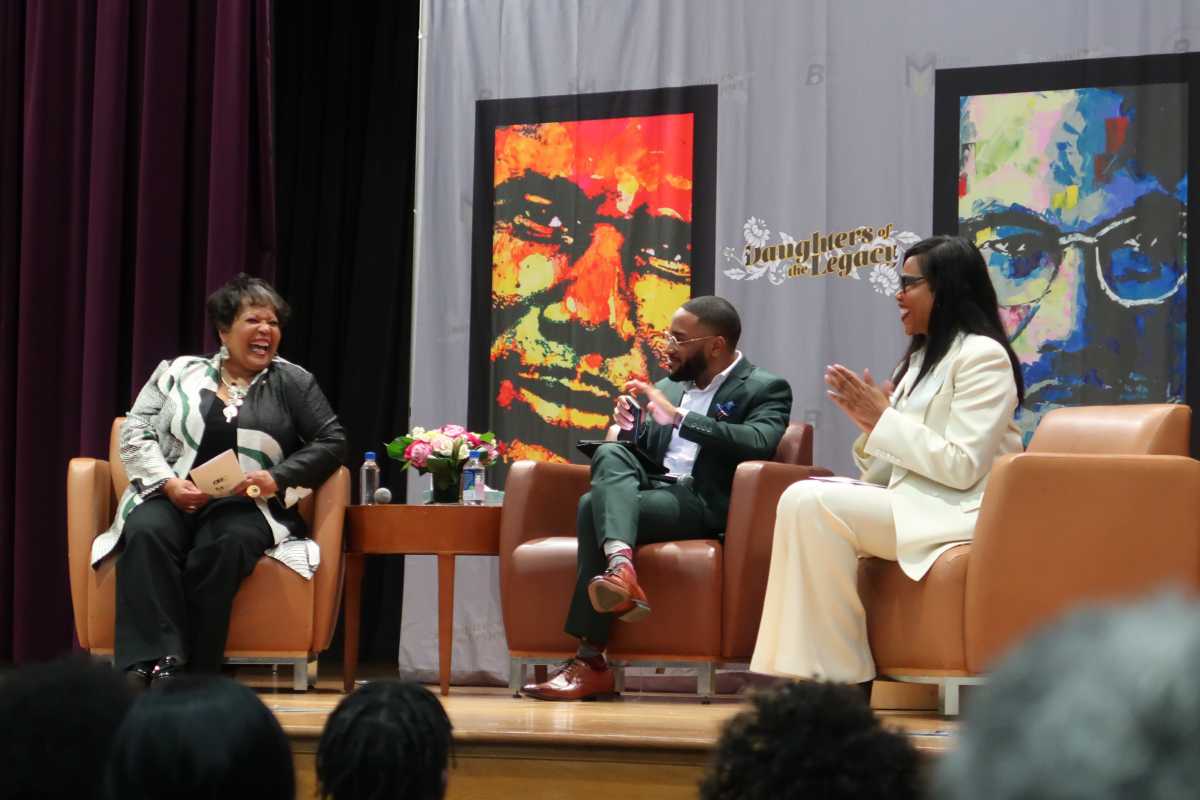The fate of the controversial Brooklyn-Queens Connector light rail will be determined under the next mayoral administration, according to Mayor Bill de Blasio, who cited coronavirus-related delays for the decision to punt on the project.
“Obviously we’re going to continue to do the work to prepare, [but] the decisions will have to be made by and large in the next administration, given the time that’s been lost here,” de Blasio said at his Sept. 3 press briefing. “Everything’s been slowed down by the reality of the coronavirus.”
De Blasio’s $2.73 billion pet project to build a streetcar service along an 11-mile corridor through mostly wealthy waterfront neighborhoods between Red Hook and Queens was scheduled to start public hearings in May and June, with a draft environmental impact statement due for spring 2021, but COVID-19 disrupted that timeline.
The mayor did not have an updated schedule for the expensive transit scheme, but he urged his yet-to-be-determined successor to implement the proposal, saying it would provide another alternative mode of transportation to car travel — and would complement other initiatives like busways, ferries, and bike-share programs.
“I think light rail is part of this equation, it has been all over the country, very successfully,” Hizzoner said. “So, again, a lot of the decisions will have to be deferred to the future, but the more we can build out mass transit in this city the better off we’re going to be.”
Yet, even as de Blasio hopes to keep the project alive beyond his term’s January 2022 expiration date, some transit advocates speculate that his deferral will likely spell doom from the streetcar’s future — as a new administration will take office during a massive budget shortfall, and will be wary of pushing the embattled proposal through a public review.
“It probably means that it’s not going to happen, because it’s really only been kept alive by the mayor’s insistence of advancing what was his project that only a few developers were pushing,” said Transportation Alternatives deputy director Marco Conner DiAquoi.
Backers of the proposed tram — which includes business and real estate bigwigs, like developer Two Trees’ CEO Jed Walentas and New York Building Congress head Carlo Scissura, but also tenant leaders of several public housing projects along the route — have argued that the greater upfront cost of the BQX would provide an economic return through increased property prices and higher tax revenues along the tramline.
“The project is estimated to create $30 billion in economic value over the coming decades, which is over 10 times its capital cost,” reads the pro-BQX website, Friends of the Brooklyn Queens Connector.
A spokesperson for the group echoed de Blasio’s belief that light rail and other public-private partnerships have the potential to boost the city’s economic recovery from the coronavirus health crisis.
“Thinking big and focusing on ambitious projects that leverage private funding will be critical for the city’s long-term recovery from the pandemic,” said Claire Holmes in a statement. “We continue to believe in the potential of light rail to boost the city’s economy, create jobs and expand opportunity for a wide swath of New Yorkers.”
But instead of investing in the predominantly well-heeled neighborhoods that would be serviced by the trolley, local elected officials and community activists say City Hall should put its limited resources toward better bus service across the Five Boroughs instead — such as some form of Bus Rapid Transit, which would cost $800 million less than the BQX for the same route, according to the city’s own estimate.
More busways and bus lanes would work to serve the same purpose as the BQX, but would benefit more straphangers — including in many less affluent neighborhoods, argued a spokesman for the transit advocacy group Riders Alliance.
“Three-quarters of bus riders are low-income riders of color, that’s the group the mayor has committed himself to lift up all throughout this administration,” said Danny Pearlstein. “It’s critically important that the mayor keep his promise to bus riders this year and set ambitious goals for next year.”
This story first appeared on BrooklynPaper.com

































